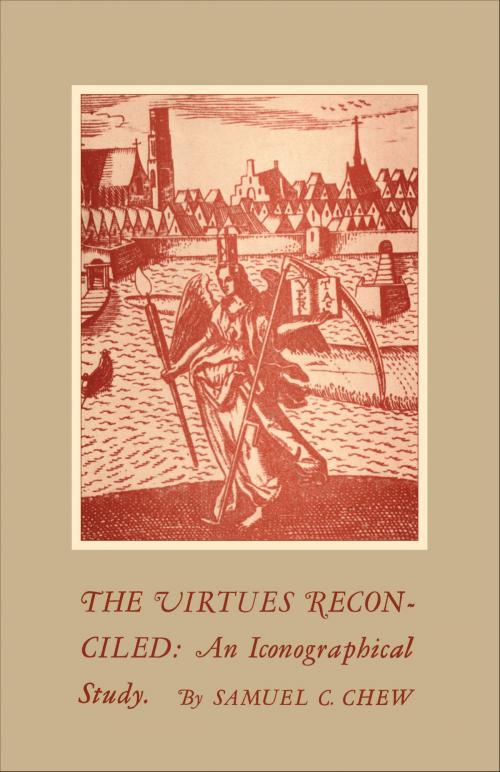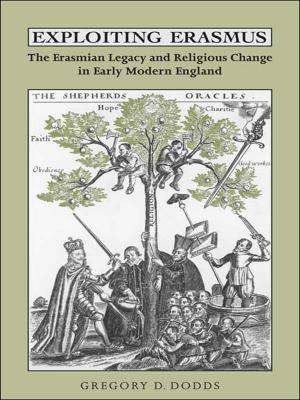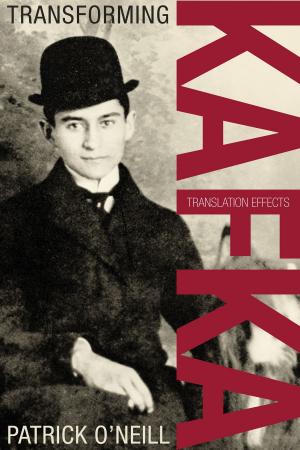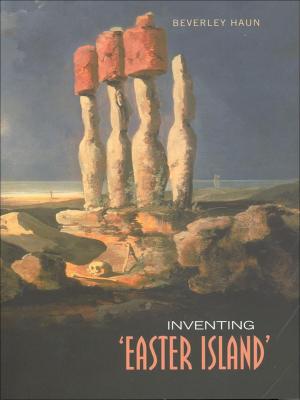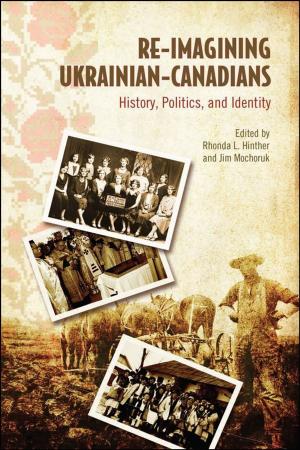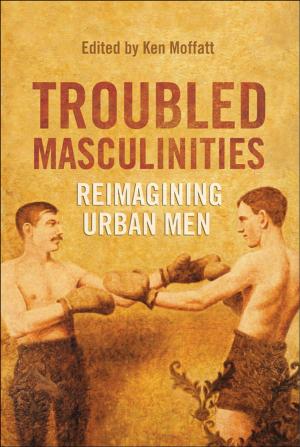The Virtues Reconciled
An Iconographical Study
Fiction & Literature, Literary Theory & Criticism, British, Books & Reading| Author: | Samuel C. Chew | ISBN: | 9781442654631 |
| Publisher: | University of Toronto Press, Scholarly Publishing Division | Publication: | December 15, 1947 |
| Imprint: | Language: | English |
| Author: | Samuel C. Chew |
| ISBN: | 9781442654631 |
| Publisher: | University of Toronto Press, Scholarly Publishing Division |
| Publication: | December 15, 1947 |
| Imprint: | |
| Language: | English |
This volume contains the Alexander Lectures in University College, University of Toronto, for the session 1945-46, delivered by Samuel C. Chew, Professor of English Literature at Bryn Mawr College and author of Byron in England and The Crescent and the Rose.
For a number of years Professor Chew has been engaged in the study of relation between poetry and the visual arts, especially in the English Renaissance. The Virtues Reconciled embodies his results in an important and more or less self-contained division of this general field. It deals with the allegorical representation, visual and verbal, of the four Virtues, Truth and Justice, Mercy and Peace.
The first lecture, "The Friendship of the Arts," considers generally, but with abundant illustrative example, the nature and the relation of verbal and visual imagery. The second lecture, "The Parliament of Heaven," traces the history of the allegory of the Four Daughters of God (Truth, Justice, Mercy, and Peace), who enters into debate upon the Fall of Man and his future destiny. The problem is resolved, and the Virtues are reconciled, when the Son of God offers Himself in the Atonement. The third lecture examines more closely the various forms in which Truth and Justice are personified, both in art and literature; and the final lecture affords a similar treatment of Mercy and Peace.
The argument is illustrated by eighteen plates from paintings, drawings, and title-pages. Many others are described in the text, together with the works of literature which present analogous ideas and images.
Of equal value for the light which it throws on the literature of the past and on an aspect of the history of the visual arts, The Virtues Reconciled will also interest the general reader. For, as Professor Chew remarks, "by means of these images our forefathers sought to express their experiences of the changes and chances of this mortal life, and one cannot contemplate them without recognizing that these great commonplaces are still applicable to the human situation."
This volume contains the Alexander Lectures in University College, University of Toronto, for the session 1945-46, delivered by Samuel C. Chew, Professor of English Literature at Bryn Mawr College and author of Byron in England and The Crescent and the Rose.
For a number of years Professor Chew has been engaged in the study of relation between poetry and the visual arts, especially in the English Renaissance. The Virtues Reconciled embodies his results in an important and more or less self-contained division of this general field. It deals with the allegorical representation, visual and verbal, of the four Virtues, Truth and Justice, Mercy and Peace.
The first lecture, "The Friendship of the Arts," considers generally, but with abundant illustrative example, the nature and the relation of verbal and visual imagery. The second lecture, "The Parliament of Heaven," traces the history of the allegory of the Four Daughters of God (Truth, Justice, Mercy, and Peace), who enters into debate upon the Fall of Man and his future destiny. The problem is resolved, and the Virtues are reconciled, when the Son of God offers Himself in the Atonement. The third lecture examines more closely the various forms in which Truth and Justice are personified, both in art and literature; and the final lecture affords a similar treatment of Mercy and Peace.
The argument is illustrated by eighteen plates from paintings, drawings, and title-pages. Many others are described in the text, together with the works of literature which present analogous ideas and images.
Of equal value for the light which it throws on the literature of the past and on an aspect of the history of the visual arts, The Virtues Reconciled will also interest the general reader. For, as Professor Chew remarks, "by means of these images our forefathers sought to express their experiences of the changes and chances of this mortal life, and one cannot contemplate them without recognizing that these great commonplaces are still applicable to the human situation."
